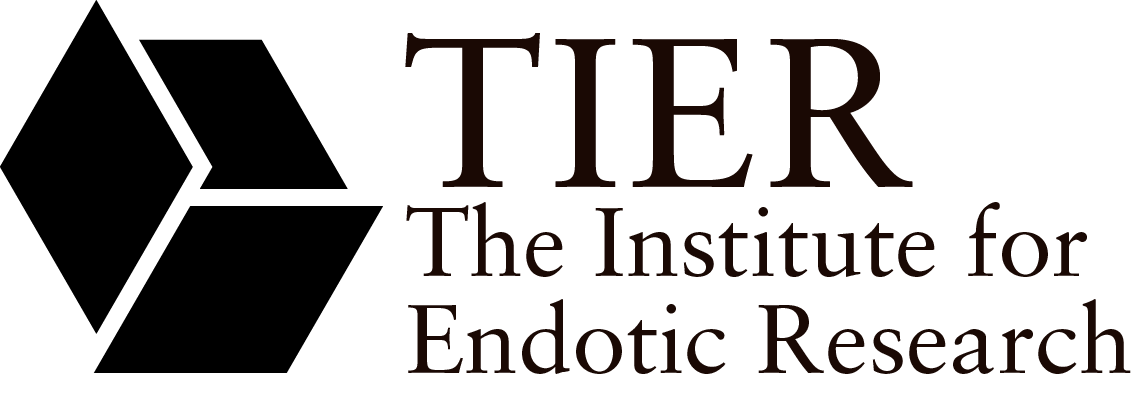 December 6. Playing Cities. An encounter with Llorenç Barber
December 6. Playing Cities. An encounter with Llorenç Barber
Friday, December 6, 19:00
Playing Cities
An encounter with Llorenç Barber
Llorenç Barber (Aielo de Malferit, 1948) is a Spanish musician, composer, theorist, musicologist and sound artist. One of the first to introduce musical minimalism to Spain and creator of proposals such as «plurifocal music» («city concerts», «naumaquias», «concerts of the senses», «itinerant concerts», etc); as well as textual music, improvisation and construction of experimental instruments. As cultural activist, he has created numerous festivals (Ensems, Festival de la Libre Expresión Sonora del Aula de Mñusica de la Complutense, Paralelo Madrid-Otras Músicas, Nits d’Aielo i Art, La Festa de la Boca), ensembles (Actum Taller de Música Mundana, Flatus Vocis Trio, Triángulo, Irregularis Daniel Charles Orchestra, Trio Tría ), and even a new award “Cura Castillejo” for honor outrageous artistic proposals.Since the 1980’s he has been an active participant in the group Audio Art Symposium, whose long years of activities culminated in the creation of KLANGKUNST/SONAMBIENTE-1996 in Berlin, making him the most active Spanish promoter of European Sound Art. In 2017 he shared with Carlos Santos the Prize for First edition Valencian Musicians Prize.
This evening, we will also introduce the third stage of Kanako Ishii‘s intervention “Re-Landscape” in the TIER window. Kanako Ishii is a Japanese visual artist born in Tokyo who spent her early childhood in Frankfurt am Main. Since 2012 she is based in Berlin. Ishii has held solo exhibitions at Künstlerhaus Bethanien (2018), Japanese-German Center Berlin (2015), Goethe-Institut Tokyo (2014), among others. “Re-Landscape” is a long-term curtain project by Kanako Ishii that captures memories of views from windows that change as time goes on, through processes such as urban development, natural disaster, war damage or leaving one’s own place. In her ongoing intervention at The Institute for Endotic Research, Ishii’s curtains will be layered one after another in the storefront window to represent the four seasons. It is developed through a walk based on research about the neighborhood, especially regarding the history of the Bohemian refugees who fled to Rixdorf in the 18th century, and will eventually become a situated visual archive.



